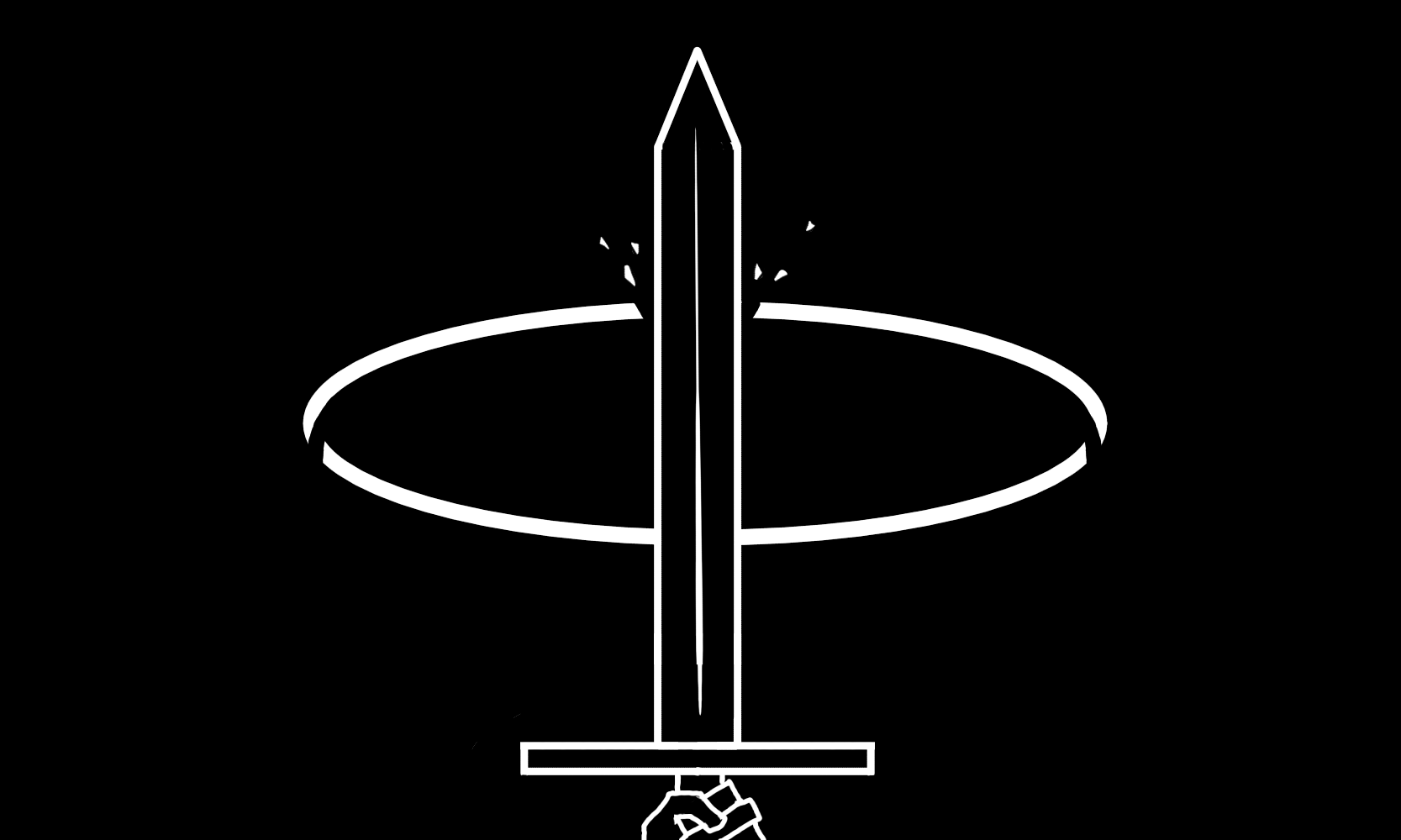Pardic Empire


Formation of the empire
The Pardic empire is generally agreed by historians to have started around 350BL when the Pardic priest Sanaea first rallied the desert Parda
(Modern day Zummidiyavids) to a campaign of deicide. They first added the Pardic tribes in the
plains south of the desert to their cause and conquered those few who did not heed the call to crusade. Over the next 50 years the Pardic Empire would take over the entirety of the Skogga and Galosean
held lands. As the empire expanded and supply lines from the homeland the front became longer and longer, holding and keeping territory stable became a more important objective than
the original objective of global deicide. For this reason, in addition to the gradual thinning of forces that were trained and capable of deicide, a number of local deities were allowed
to live so long as they agreed to be subservient to the authority of the empire. Parda more dedicated to the crusade's original goal were
furious over this, but none could argue with the need to not spend resources constantly putting down rebellions from vengeful locals, whom they did not consider to be their true enemy.
The expansion of the empire was stopped at Sussanna, and despite multiple campaigns the Parda eventually decided it was no longer worth the effort.
Golden age of the empire
As the empire was no longer conquering new lands, the economic and beaurocratic engine of the empire need not be geared towards constantly reinforcing and supplying a war front. Resources were now spent developing the new territory. Roads were built. Universities founded. Al'Moraah, a city originally nothing more than a temporary stopping point for supplies on their way to warfronts and newly conquered territories, had become the heart of the non-Parda satrapies. Its population and influence eventually outgrew even the official capital.
The remaining gods that had pledged subservience to the empire were all relocated to Al'Moraah. The logic being taht keeping them centralized made it easier to keep an eye on them and less likely they could start a rebellion. Easier to keep one large deicide garrison in Al'Moraah than try to have multiple spread out all over the continent. Each god constructed their own temple within the city, furthering Al'Moraah's draw as a center of culture and power.
Relations were normalized with the Suda empires and trade opened up with them and the Tysyazar raider states.
Despite conquering all this territory with the ostensible goal of freeing its inhabitants from their inhuman lords, the empire itself had become a new oppresor. A widespread informal practice of indentured servitude had formed. The non-parda that had rebelled and resisted were seen as uneducated savages for not welcoming the empire, and were and not seens as fit for roles outside of servants or menial labor.
Collapse
The Lashing marked the sudden and precipitous end of the Pardic Empire. The unnoficial capital city destroyed, the vast beaurocratic and economic machine that held the empire together ground to a halt; What remained of the empire crumbled into dozens of warring factions.
Parda culture split into two major factions, each reacting in a different way to the collapse. The Parda completely rejected the original philosophy of misotheism that founded the empire and began to embrace the kism worship of the Skogga and Galoseans. The Zummidiyavids on the other hand were more reformist; They rejected the imperialistic methods of the empire but continued reject the idea of divine beings.
